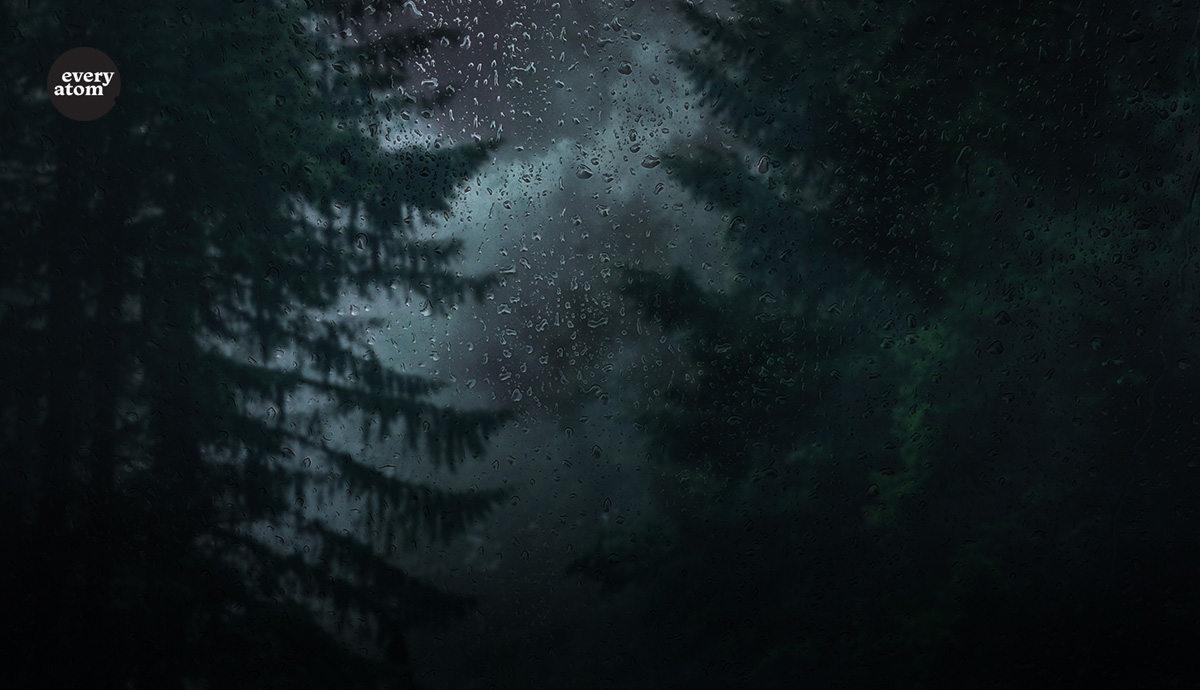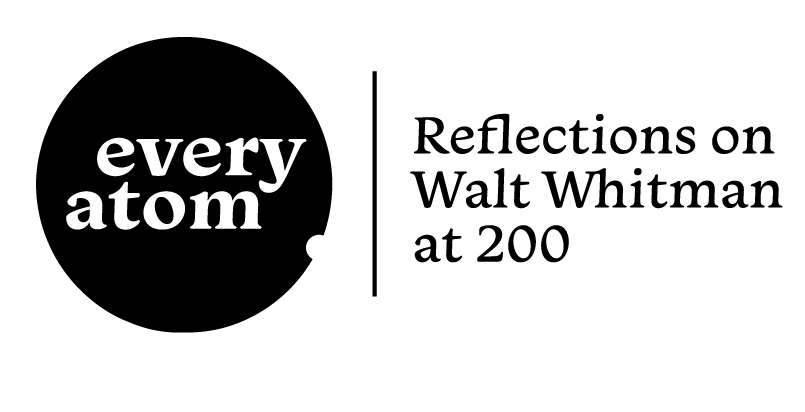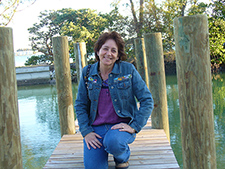Introduction to Every Atom by project curator Brian Clements
Whitman and Emerson were not friends, but mutual admirers. Whitman splashed Emerson’s private letter across the cover of his Leaves of Grass for publicity purposes: “I greet you at the beginning of a great career.”
In the two stanzas above, Whitman greeted Emerson in turn. Anyone who has read Emerson’s most beautiful essay, “Nature” will remember also one of its most gorgeous passages: “If the stars should appear one night in a thousand years, how would men believe and adore; and preserve for many generations the remembrance…”
Like Emerson, Whitman turns us toward nature to invite our astonishment, our adoration and belief. Like Emerson, Whitman interrogates his reader. Statements keep us at a distance. Questions draw us closer, like seeds held out to wild birds. Emerson asks in Nature, “What is a day? What is a year? What is summer? What is woman? What is a child? What is sleep?”
Whitman asks five questions in as many lines. He uses a beautiful word—astonish—three times, like a magic charm. Even the root of the word is magical, for it means “out of thunder.” To be astonished is to be thunderstruck, amazed by nature. Whitman asks if we are daylight-struck, or bird-struck. He is very specific in the way he reveals nature in these lines, so delicately particular—“for the April rain has, and the mica on the side of a rock.” We see the soft shimmer of a spring rain, and the harder, brighter shimmer of mica. He moves the “early redstart”—a warbler—“twittering through the woods,” as if singing were a form of flying. Though often accused of egotism, these short stanzas land on a note of genuine humility. No, the poet seems to say, I cannot astonish more than rain or sparkling rock, or daylight, or a singing bird. –But he can astonish us still.




